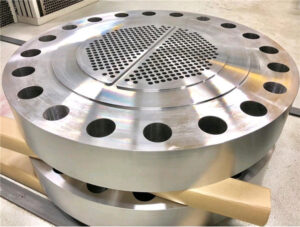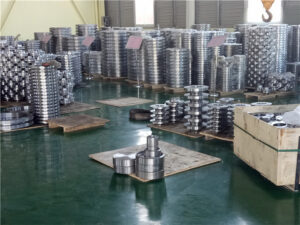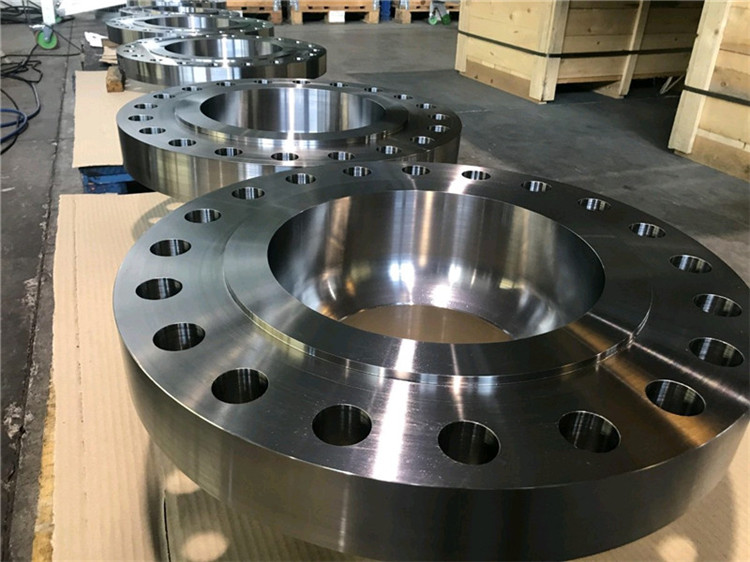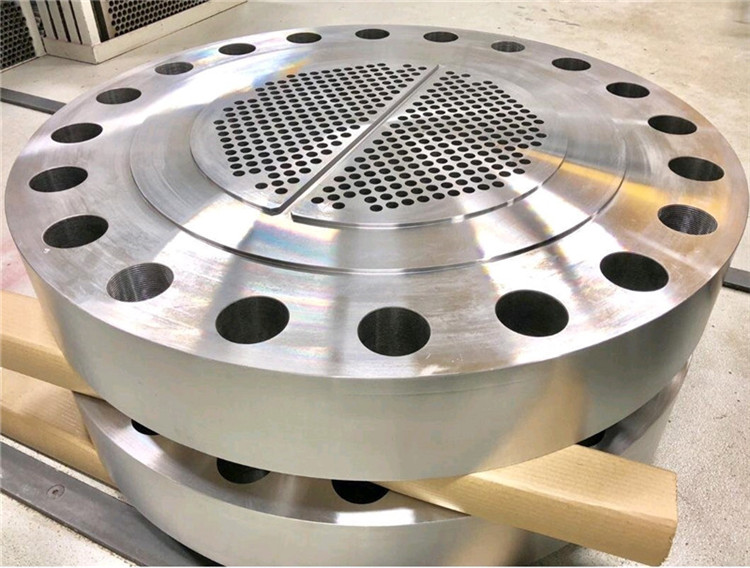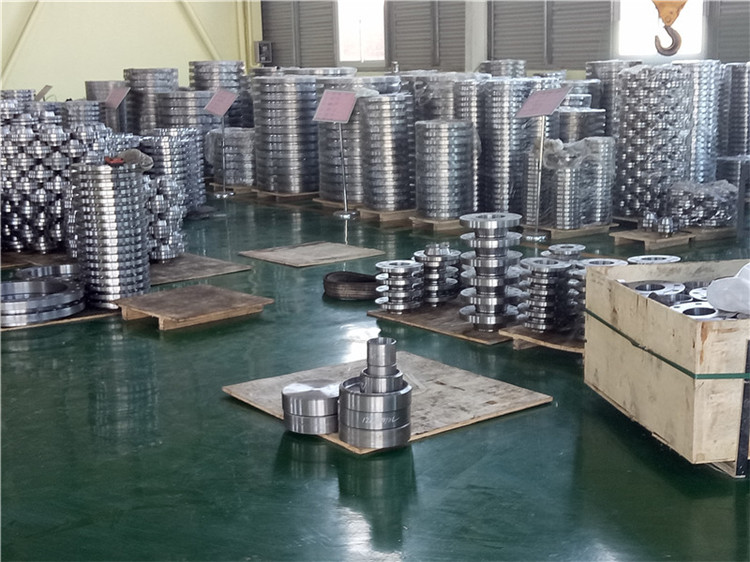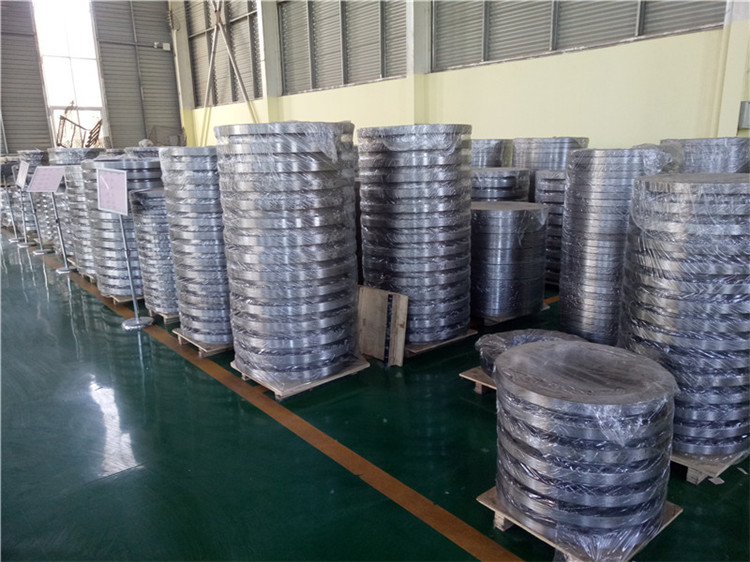Weldability and its test evaluation
- Welding: A process in which two objects are atomically bonded to form an indivisible whole by heating or pressurizing, with or without filler materials.
- Weldability: refers to the ability of homogeneous or heterogeneous materials to weld to form a complete joint and meet the expected use requirements under manufacturing process conditions.
- The four major factors affecting weldability are: materials, design, process and service environment.
- The principles for evaluating weldability mainly include: ① Evaluating the tendency of welded joints to produce process defects, providing a basis for formulating reasonable welding processes; ② Evaluating whether welded joints can meet the requirements of structural performance; designing new welding test methods complies with the following principles: comparability, pertinence, reproducibility and economy.
- Carbon equivalent: The content of alloy elements in steel is converted and superimposed as a parameter indicator for roughly evaluating the tendency of steel cold cracks.
- Inclined Y-type groove butt crack test: The purpose is mainly to identify the tendency of cold cracks in the first layer weld and HAZ of low-alloy high-strength steel, and can also be used to formulate welding processes. 1) Preparation of test pieces, the thickness of the welded steel plate is δ=9-38mm. The groove of the butt joint is processed by mechanical methods, and the restrained weld is welded within 60mm at both ends of the test plate, and double-sided welding is adopted. Pay attention to prevent angular deformation and incomplete welding. Ensure that there is a 2mm gap at the weld of the middle sample to be welded. 2) Test conditions: The welding rod selected for the test weld should match the parent material. The welding rod used should be strictly dried, the welding rod diameter is 4mm, the welding current is (170±10)A, the welding voltage is (24±2)V, and the welding speed is (150±10)mm/min. The test weld can be welded at various temperatures. The test weld is only welded once and the groove is not filled. After standing and cooling naturally for 24 hours after welding, the sample is cut and crack detection is carried out. 3) Detection and crack strip rate calculation. Use the naked eye or a handheld 5-10 times magnifying glass to detect whether there are cracks on the surface and cross section of the weld and heat affected zone. It is generally believed that when the surface crack rate of the “Xiaotieyan” test of low alloy steel is less than 20%, no cracks will generally occur.
- Pin test: Purpose, mainly to evaluate the hydrogen-induced delayed crack tendency of steel. With the addition of other equipment, reheat crack sensitivity and lamellar sensitivity can also be determined. 1) Preparation of test pieces, the pin test bar processed or cylindrical by the welded steel is sampled along the rolling direction and the position of the pin in the thickness direction is noted. There is a ring or spiral notch near the upper end of the test bar. Insert the pin test bar into the corresponding hole of the base plate so that the end with the notch is flush with the surface of the base plate. For the pin test bar with an annular notch, the distance a between the notch and the end face should make the weld penetration tangent or intersect with the plane cut by the root of the notch, but the part of the circumference of the root of the notch that is melted through should not exceed 20%. For low alloy steel, the a value is 2mm when the welding heat input is E=15KJ/cm. 2) During the test, according to the selected welding method and strictly controlled process parameters, a layer of cladding weld is melted on the bottom plate. The center line of the weld passes through the center of the sample. The penetration depth should make the notch located in the coarse grain area of the heat affected zone. The weld length L is about 100-150mm. When welding, the cooling time value t8/5 value of 800-500℃ should be measured. When welding without preheating, load should be applied when cooling to 100-150℃ after welding; when preheating before welding, load should be applied when it is 50-70℃ higher than the preheating temperature. The load should be applied within 1min and before cooling to 100℃ or 50-70℃ higher than the preheating temperature. If there is post-heating, load should be applied before post-heating. When the test rod is loaded, the pin may break during the load duration, and the load time should be recorded.



